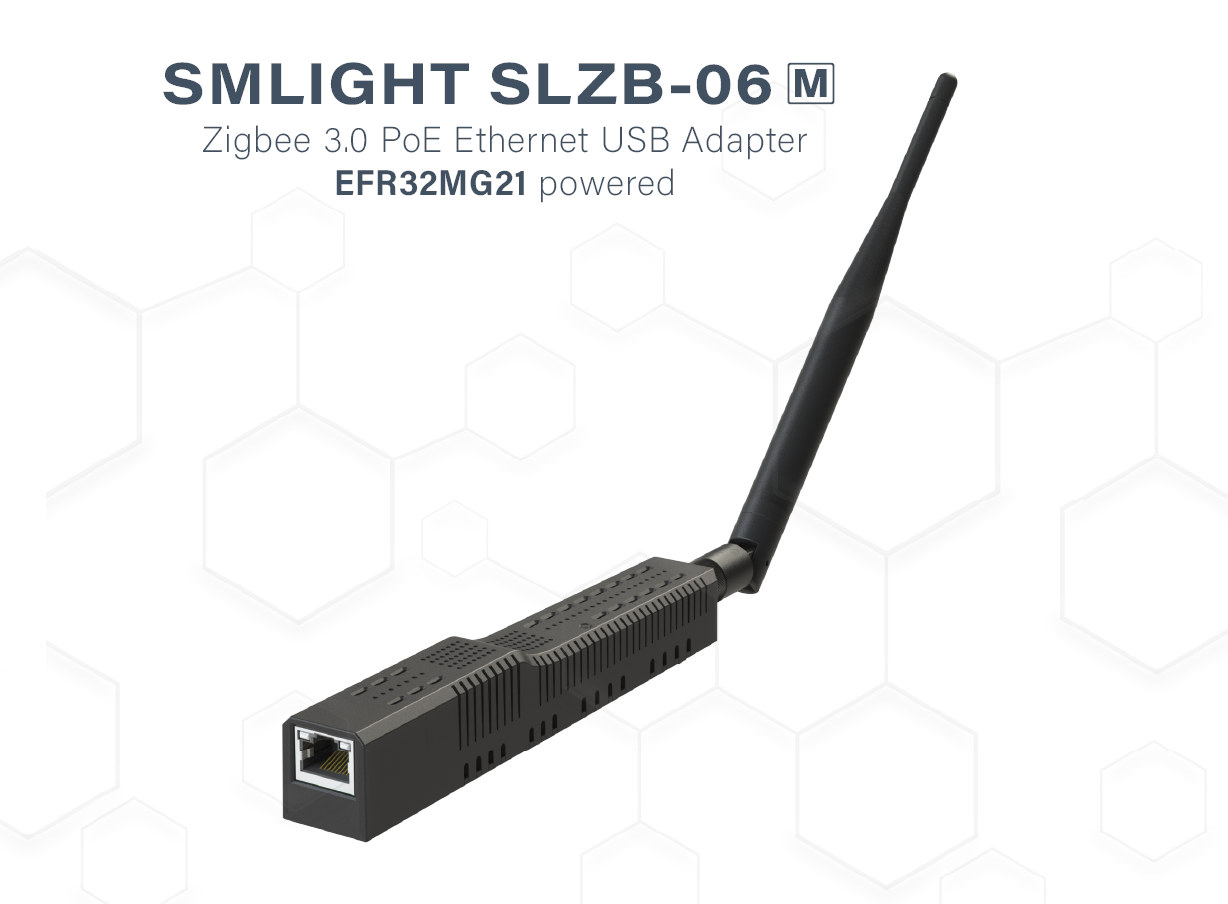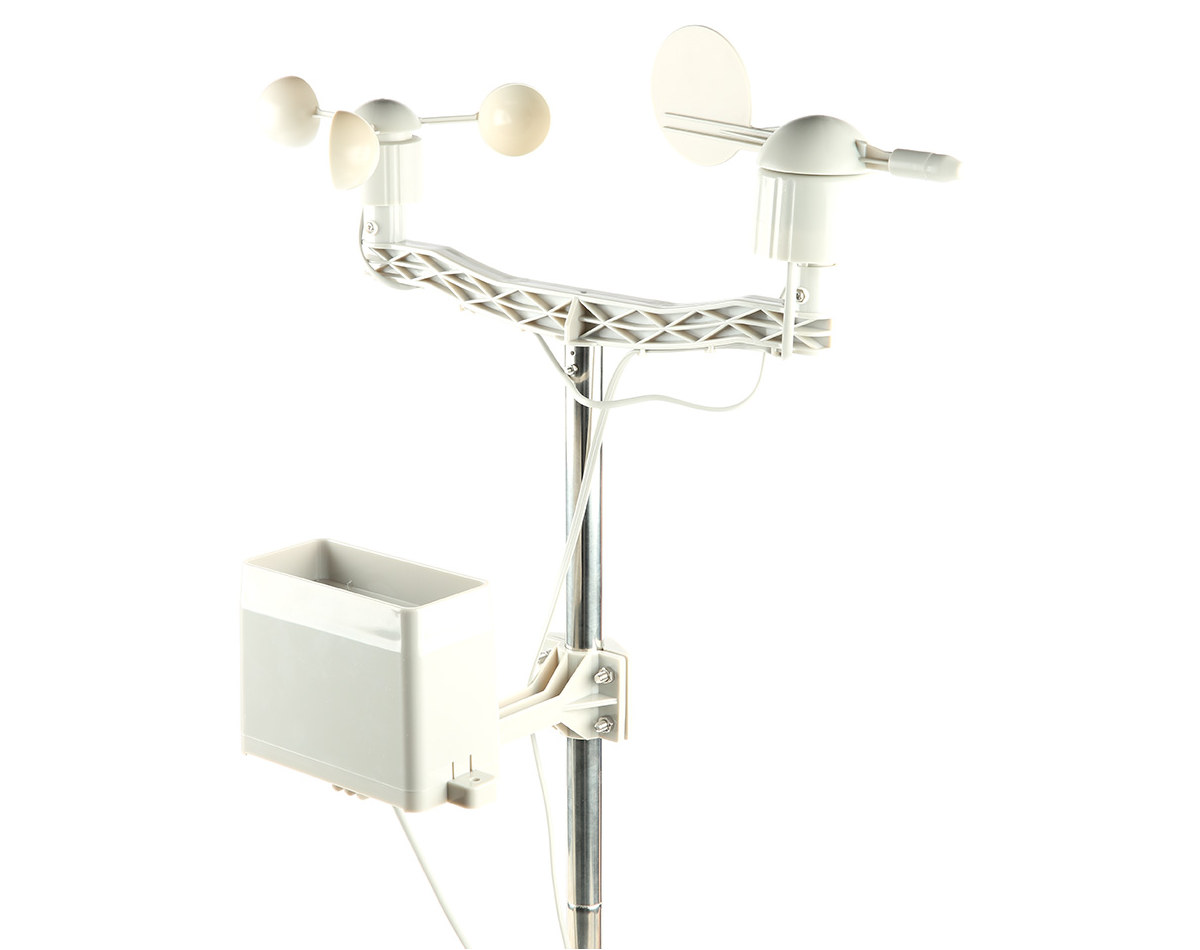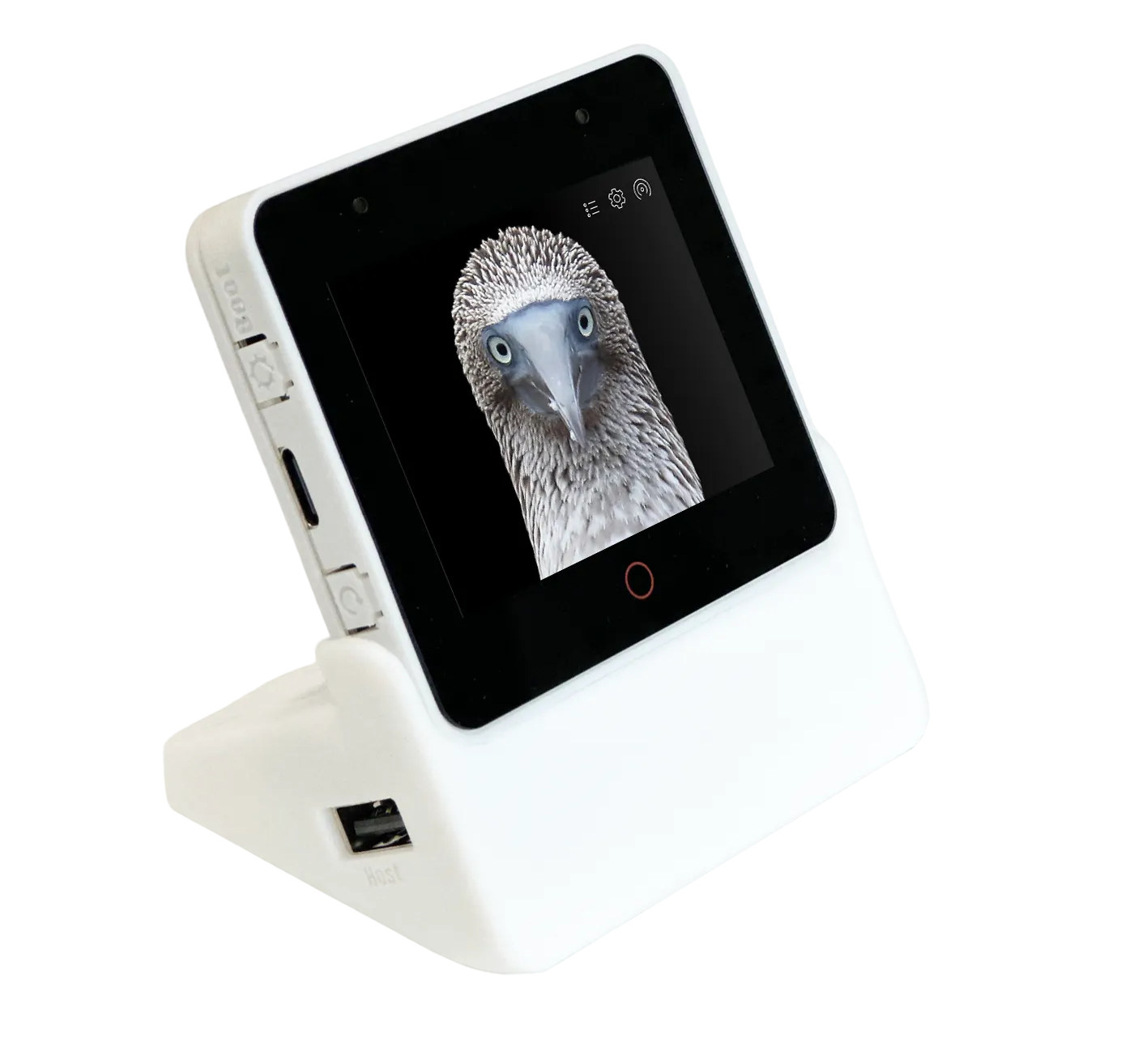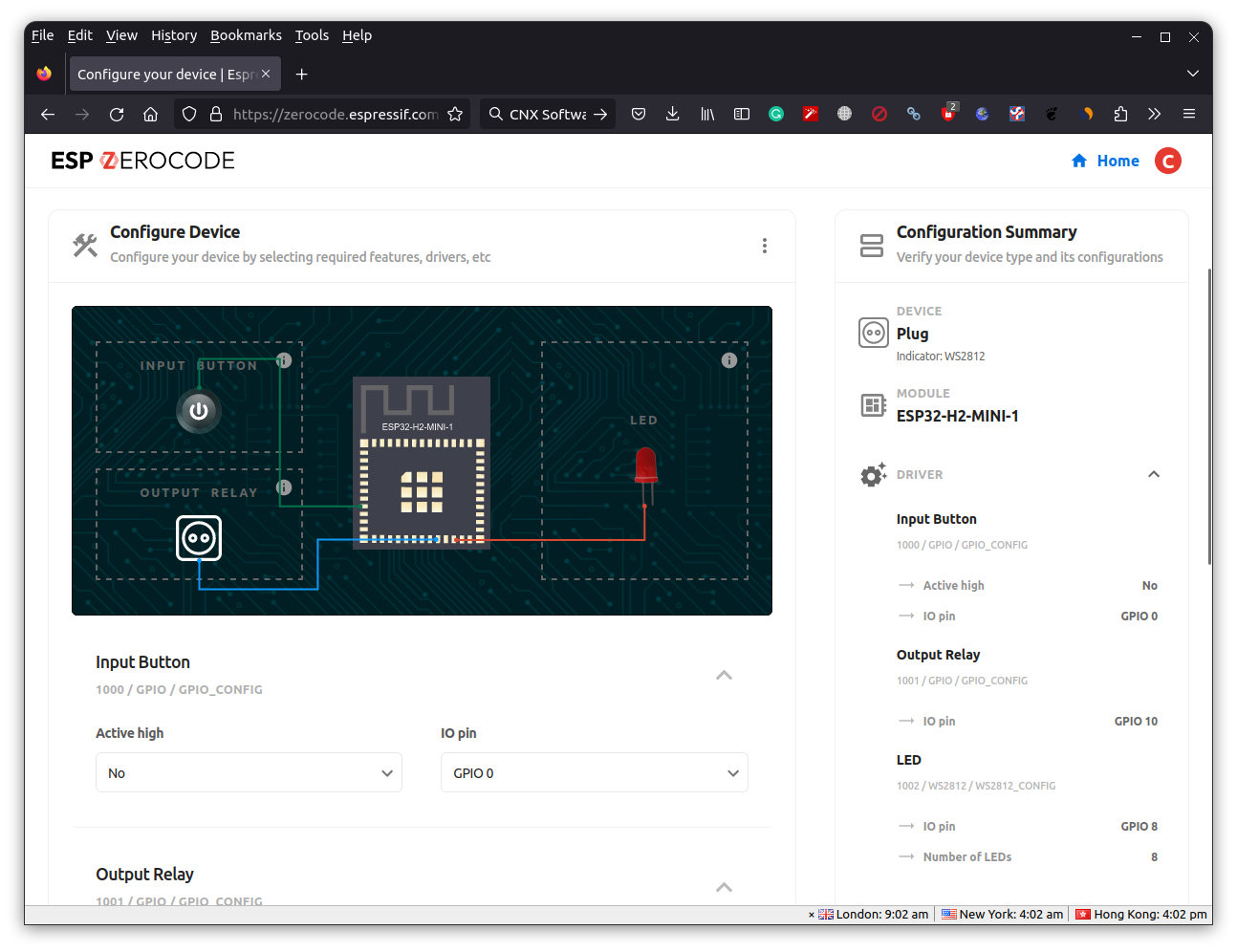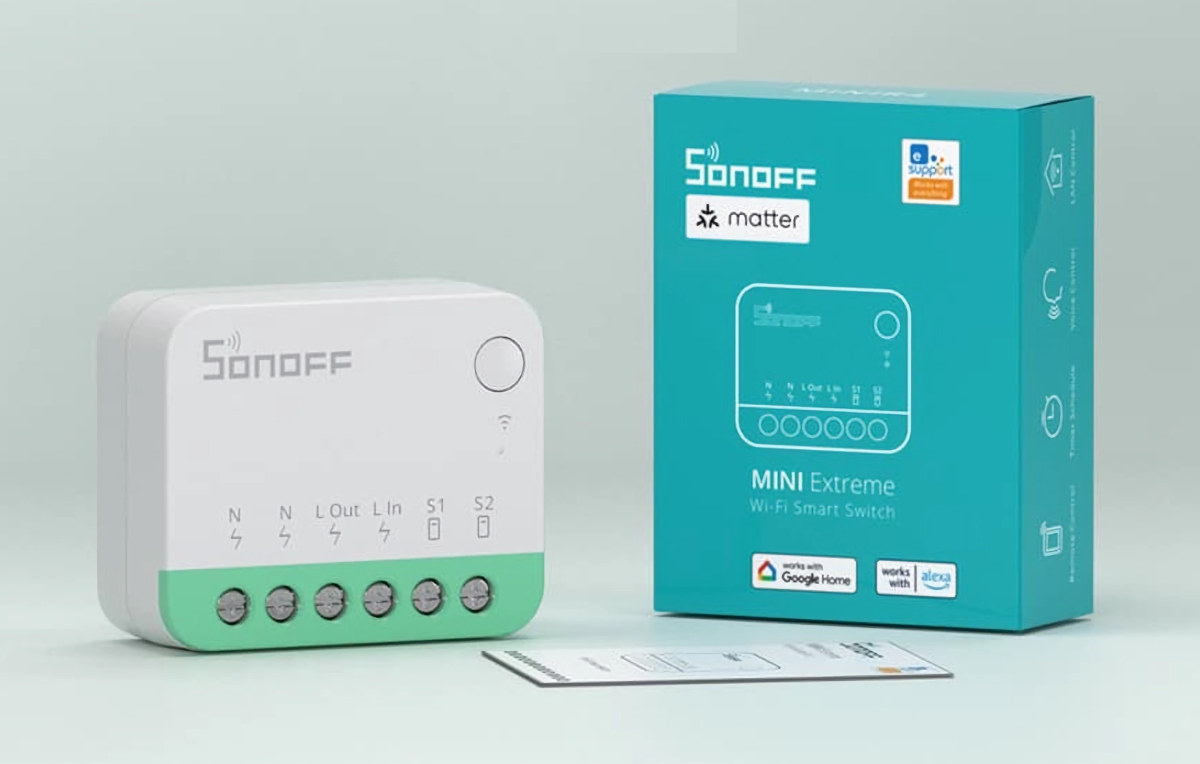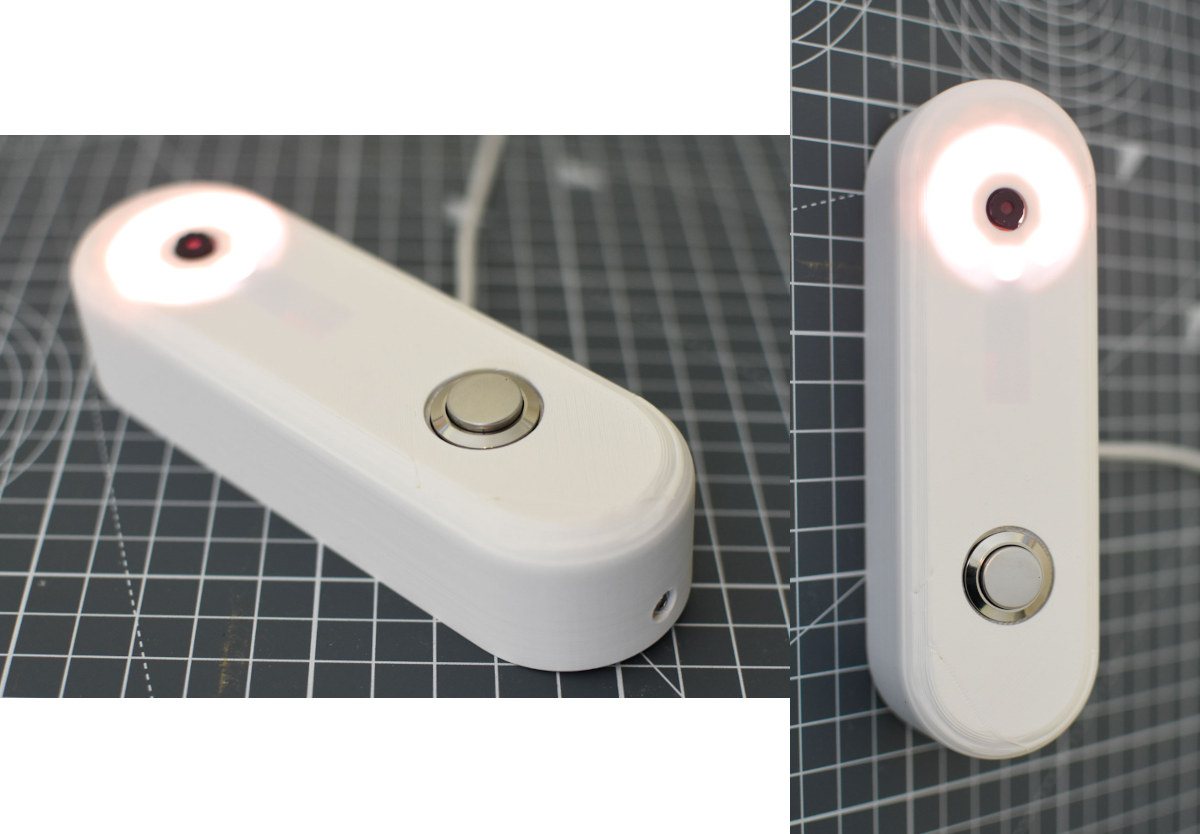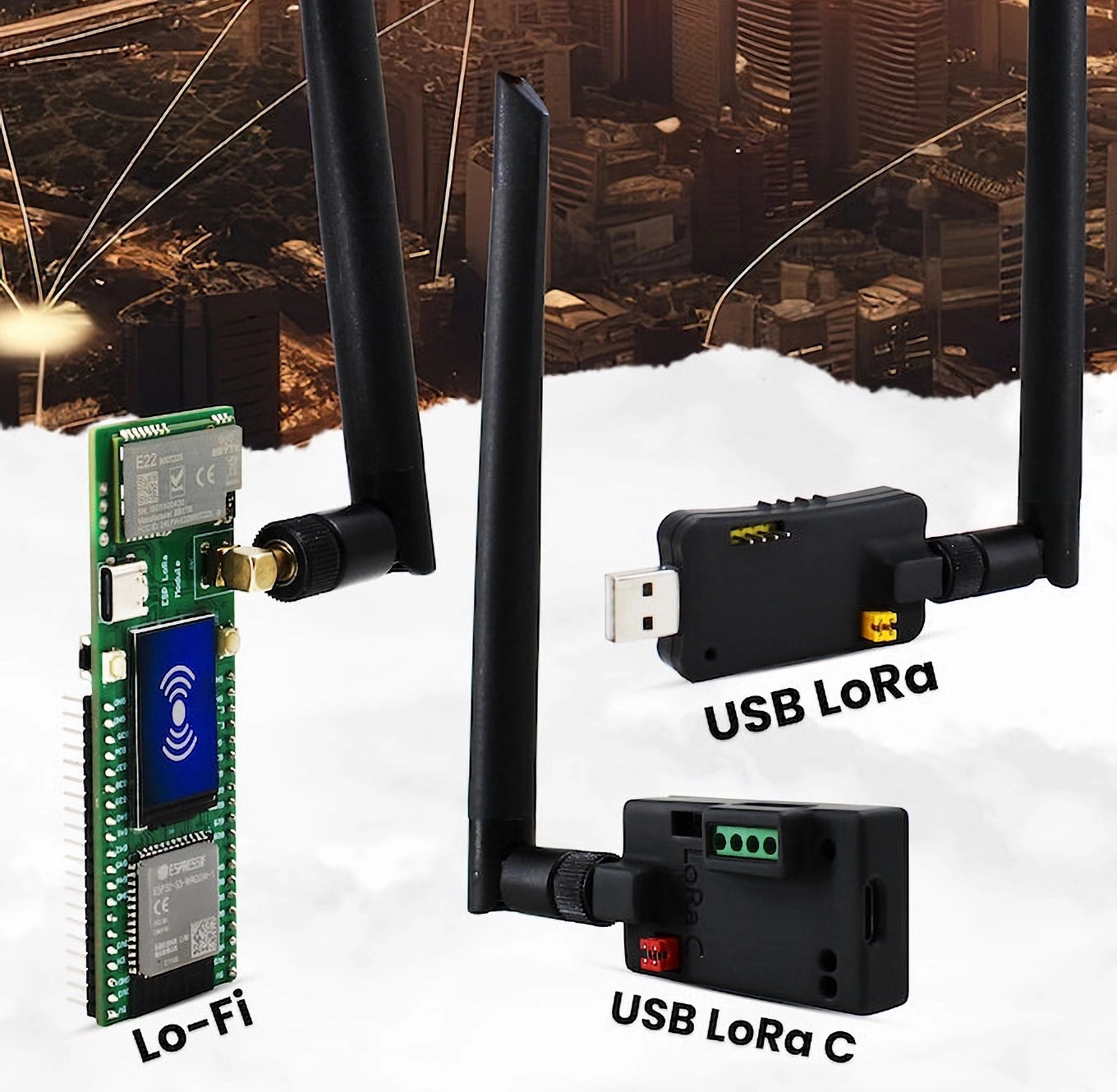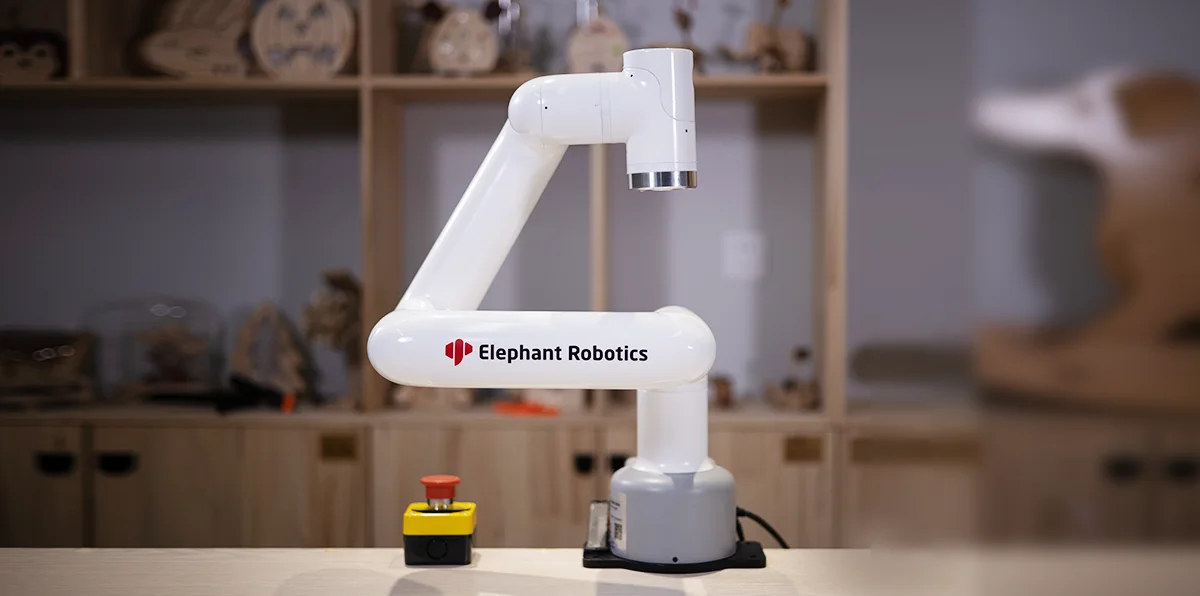SMLIGHT SLZB-06M is a Zigbee 3.0 to Ethernet, PoE, USB, or WiFi adapter designed to work with multi-vendor software systems such as Zigbee2MQTT and Home Assistant ZHA. This will let you integrate any supported Zigbee devices into smart home automation systems like Home Assistant, OpenHub, or HomeSeer. The SLZB-06M is a variant of the SLZB-06 Zigbee PoE adapter introduced last year with the main difference being the Zigbee chip as the new model is equipped with Silicon Labs EFR32MG21 microcontroller instead of Texas Instruments СС2652Р. An ESP32 WiFi and BLE chip is still used to work with peripherals such as the LAN8720 Ethernet chip and a CP2102N USB/UART converter chip. SMLIGHT SLZB-06M specifications: Wireless SoCs Silicon Labs EFR32MG21 Arm Cortex-M33 microcontroller @ 80 MHz with 352KB flash, 1024KB ROM for protocols and library functions, 96KB SRAM, integrated power amplifier, Bluetooth 5.2 Low Energy and 802.15.4 radios (Zigbee and Thread) Espressif […]
SparkFun launches ESP32-based “Arduino IoT Weather Station” with Arduino IoT Cloud integration
SparkFun’s Arduino IoT Weather Station is a complete weather station kit leveraging the company’s MicroMod ecosystem with an ESP32 Processor Board and various sensors and developed in collaboration with Arduino for integration into their IoT Cloud service. Most people will check the weather on the Internet or watch the weather forecast on TV, but if you live in a remote area with a micro-climate or just want to have fun building your own weather station, the latest SparkFun kit will allow you to monitor temperature, air and soil humidity, wind speed and direction, lightning, and rainfall data at home and monitor the data from anywhere using a web browser. Arduino IoT Weather Station kit content: MicroMod ESP32 Processor module MicroMod Weather Carrier Board with a BME280 temperature, pressure, and humidity sensor and an AS3935 lightning detector only. The optional VEML6075 UV sensor is NOT included. The Weather Meter Kit with […]
ESP32-S3-BOX-3 devkit comes with 2.4-inch display, dual microphone, PCIe expansion connector
Espressif Systems has launched an update to their ESP32-S3-Box development kit for online and offline voice assistants with the ESP32-S3-BOX-3 devkit that still features a 2.4-inch capacitive touchscreen display with 320×240 resolution, two microphones, a built-in speaker, and a USB-C port, but replaces the PMOD connector by a PCIe connector for various expansion modules. The open-source ESP32-S3 development kit is powered by the ESP32-S3 SoC with AI extensions and can be used to implement all sorts of solutions using the company’s ESP-SR, ESP RainMaker, and Matter solutions such as an offline voice assistant, a chatbot powered by ChatGPT, a handheld gaming console, a tiny robot, a Matter-compatible Smart Home hub, and more. ESP32-S3-BOX-3 specifications: WiSoC – ESP32-S3 dual-core Tensilica LX7 up to 240 MHz with Wi-Fi 4 & Bluetooth 5, AI instructions, 512KB SRAM Memory and Storage – 16MB octal PSRAM and 16MB QSPI flash Display – 2.4-inch capacitive touchscreen […]
ESP ZeroCode web application creates custom Matter-certifiable firmware for ESP32 targets
Low-code/no-code platforms keep on coming and Espressif Systems ESP ZeroCode adds to the list. It is a web application designed to prepare Matter-certifiable firmware for ESP32 devices as per the user’s requirements. The website is supposed to streamline the product development where the firmware is developed for you (no need for those costly software/firmware engineers!) and future OTA updates are also guaranteed for a period of three years. It’s a bit similar to the Tuya platform, but for ESP32 devkits, modules, and/or rebranded products with Matter-certified firmware. So I went to the website to give it a try in Firefox in Ubuntu. After registration and login, we are given three options: Your products, Create a new product, and Rebrand a Certified Product I went with the second option and named by new product “CNX Software Gizmo”. In the next step, we can select the device type between socket, plug, light, […]
SONOFF MINIR4M – A Matter-compatible WiFi Smart Switch
SONOFF MINI Extreme (MINIR4M) is the first Matter-certified home automation device from the company and appears to be based on the same hardware design as the SONOFF MINI Extreme (MINIR4) ESP32 WiFi smart switch that we reviewed last March and is still working fine in my bedroom. Support for the Matter protocol means better interoperability with other brands of Matter-certified products, so you should be able to use the MINIR4M wireless switch with a Samsung Matter-certified Smart Home gateway instead, as well as Apple Home, Google Home, Amazon Alexa, and other apps besides the eWelink mobile app. The main visual difference I see between the MINIR4 and MINIR4M is the color with Orange referring to WiFi support and Green to Matter support. SONOFF MINI Extreme (MINIR4M) specifications: MCU – Espressif Systems ESP32 dual-core wireless microcontroller Connectivity 2.4 GHz WiFi 4 Bluetooth LE used for pairing Matter certification Input – 100-240V […]
Privacy-focused DIY video doorbell leverages ESP32-CAM board, ESPHome firmware, Home Assistant
Seeing the lack of privacy-focused video doorbells on the market, Tristam (aka ThatGuy) decided to design his own doorbell with an ESP32-CAM board purchased from Amazon and flashed with ESPHome open-source firmware for easy integration with Home Assistant so there’s no need to rely on third-party cloud services. The DIY design also comes with other off-the-shelf parts with a momentary push button, a 10kΩ resistor, an RGB LED ring light, M2.5 brass inserts and screws, and a 10-meter micro USB cable all of which can be purchased from Amazon or another shop. He also needed eSUN white PETG filament to 3D print the custom plastic enclosure. The assembly requires two wires to the push button for 3.3V and GPIO 14 pulled to the ground with the 10k Ohm resistor and three wires to the RGB LED ring (5V, GND, GPIO15). Tristam notes the RGB LED ring is optional, and the […]
Lo-Fi ESP32-S3 board features LoRa module for low-power long-range connectivity (Crowdfunding)
SB Components’ Lo-Fi is an ESP32-S3 board equipped with a LoRa module for low-power long-range connectivity, and the company has also introduced two LoRa USB dongles with either Type-A or Type-C connectors. Lo-Fi specifications: Wireless module ESP32-S3-WROOM-1: SoC – ESP32-S3 dual-core LX7 microprocessor @ up to 240 MHz with Vector extension for machine learning, WiFi 4 & Bluetooth 5 LE/Mesh Memory – 8MB OSPI PSRAM Storage – 8MB QSPI flash PCB antenna Dimensions – 25.5 x 18.0 x 3.1 mm Unnamed LoRa module Tx power of up to 22dBm (160mW) adjustable by software Rx sensitivity of up to -138 dBm ISM bands – 433MHz, 868MHz, and 915MHz Range – Up to 5km range Data rates – 300 bps to 62.5 kbps RoHS compliance External LoRa antenna Display – 1.14-inch TFT display with 240×135 resolution USB – 1x USB Type-C port for programming and power Expansion – 2x 20-pin GPIO headers […]
myCobot Pro 600 Raspberry Pi 4-based robot arm supports 600mm working range, up to 2kg payload
Elephant Robotics has launched its most advanced 6 DoF robot arm so far with the myCobot Pro 600 equipped with a Raspberry Pi 4 SBC, offering a maximum 600mm working range and support for up to 2kg payloads. We’ve covered Elephant Robotics’ myCobot robotic arms based on Raspberry Pi 4, ESP32, Jetson Nano, or Arduino previously, even reviewed the myCobot 280 Pi using both Python and visual programming, and the new Raspberry Pi 4-based myCobot Pro 600 provides about the same features but its much larger design enables it to be used on larger areas and handles heavier objects. myCobot Pro 600 specifications: SBC – Raspberry Pi 4 single board computer MCU – 240 MHz ESP32 dual-core microcontroller (600 DMIPS) with 520KB SRAM, Wi-Fi & dual-mode Bluetooth Video Output – 2x micro HDMI 2.0 ports Audio – 3.5mm audio jack, digital audio via HDMI Networking – Gigabit Ethernet, dual-band WiFi […]


